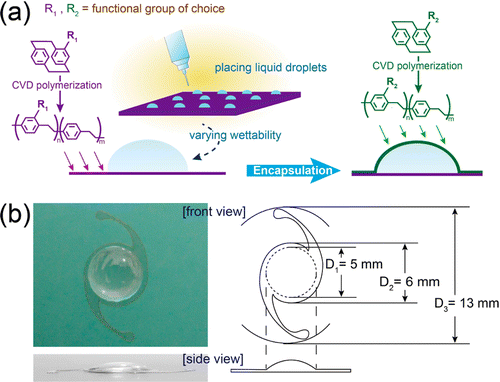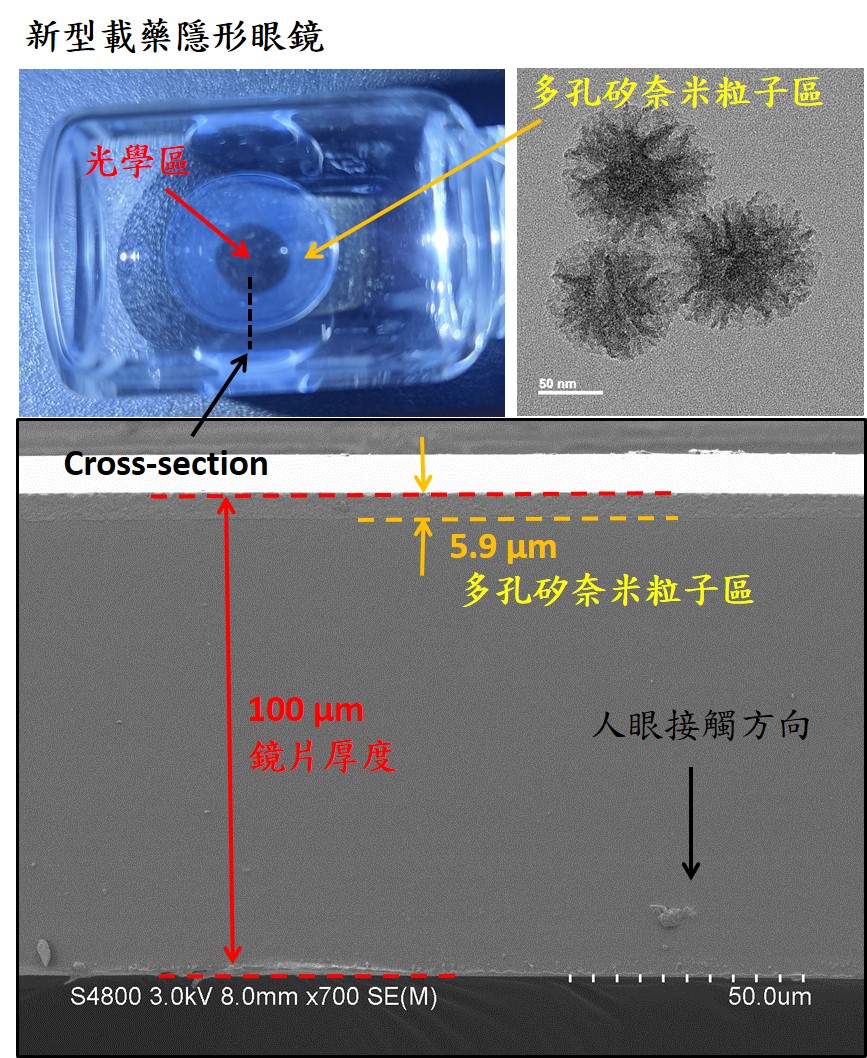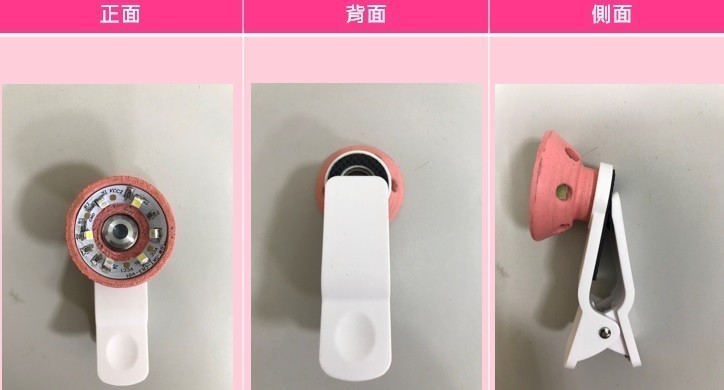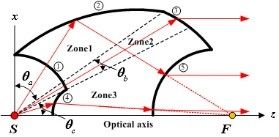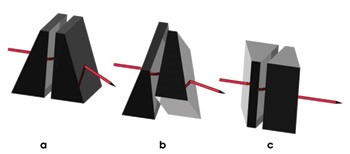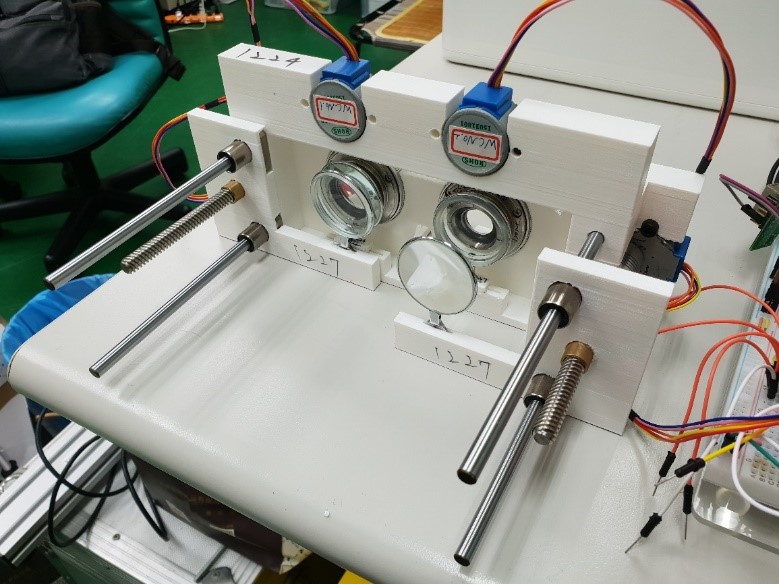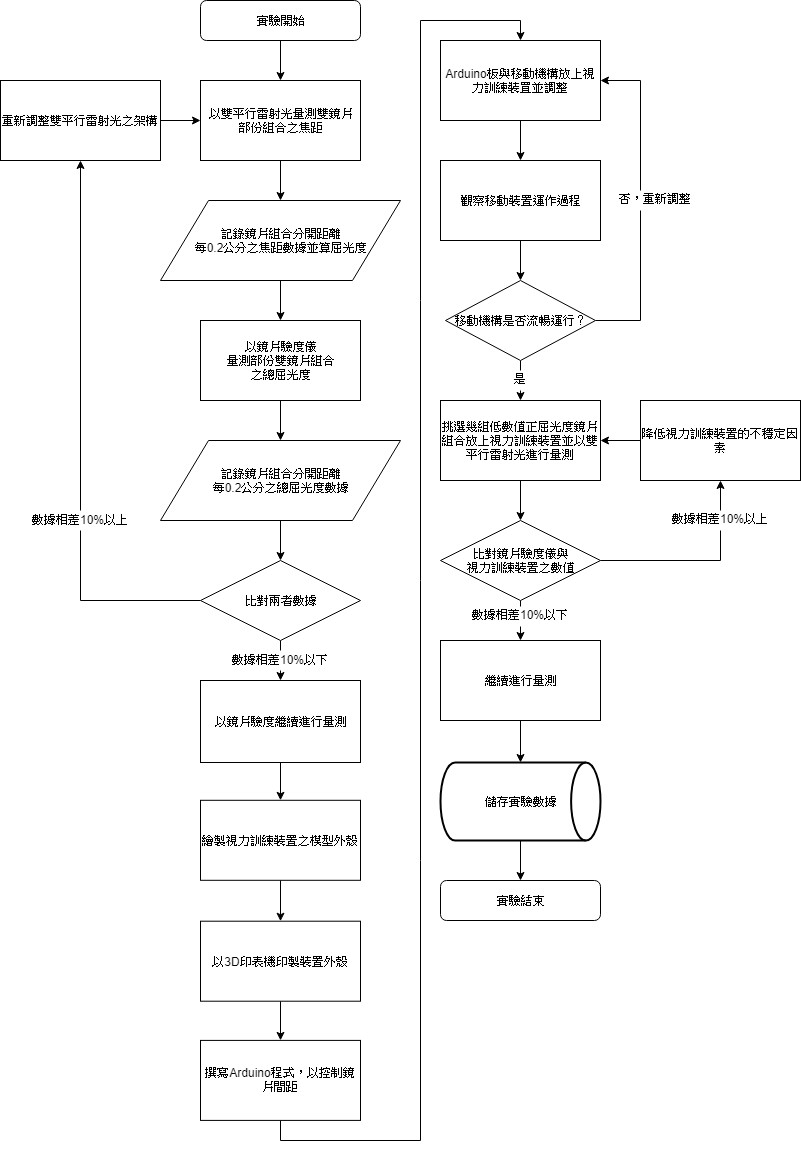| Technical Name | A Study of Dual Optical Lens Combination with Risley Prism Applied to New Type Vision Training Device | ||
|---|---|---|---|
| Project Operator | Southern Taiwan University of Science and Technology | ||
| Project Host | 張勝雄 | ||
| Summary | this study use a concave lens and a convex lens trial lens (hereinafter referred to as the lens) and a Risley prism. The combination of a concave lens and a convex lens must be used at each eye. A typical lens whose thickness determines the diopter of this lens, the device of this study is operated by the concept: two lenses are held together as a single lens, and the diopter of the lens is the sum of the diopter of the two lenses; However, if you start moving the lens and increase the distance between the two lenses, the diopter will definitely start to increase towards the positive diopter. Then, we let the lens combination move back and forth at a certain distance. Once the subject receives the image that does not match the diopter of the naked eye, the lens in the eye must be forced to thin or thicken to see the image, in this process, the ciliary muscle can be moved to regulate the viewing of near and far images, and the training process has great effect on preventing myopia. |
||
| Scientific Breakthrough | 1. Using the change of the distance of the double lens to change the focal length, so that the user can adapt to the process of focal length change, and then train the ciliary muscles to improve vision. |
||
| Industrial Applicability | This device is easy to operate and easy to carry and wear, just select the training mode. |
||
| Keyword | Vision training Diopter Visual function optical lens Risley Prism Stepper motor 3D printing Arduino Optics industry Headset | ||
- joec358@gmail.com
other people also saw

